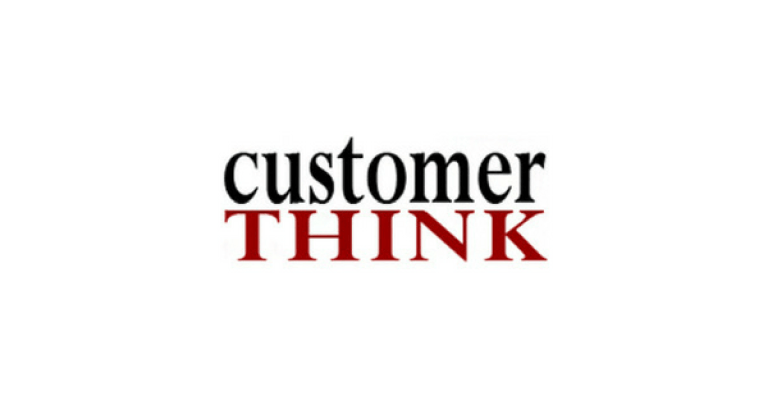In retail, customer convenience is crucial.
eCommerce was a giant leap in this direction. Customers no longer had to even leave home to do their shopping.
This mix of new technology and unprecedented customer convenience has delivered consistent growth for the industry ever since. eCommerce sales worldwide are set to hit $4.8 trillion USD by 2025.
With consumer behaviour changed forever, eCommerce merchants are looking to grow and capture a greater slice of the online market.
While many merchants borrow funds to finance their own spending needs, some are looking to offer financing so their own customers can spend more with them.
eCommerce financing options for customers, or as it’s also known, eCommerce customer financing is a growing trend.
But what is it, and how can your eCommerce business provide it to customers effectively?
What is eCommerce?
eCommerce is a catch-all term that refers to the buying and selling of goods and services online.
A critical enabler of eCommerce is online payments. The ability to quickly and securely make purchases and give refunds, discounts, etc., online is central to the success of eCommerce merchants.
The word ‘eCommerce’ commonly refers to business-to-customer (B2C) retail selling, but it also applies to business-to-business (B2B).
Platforms like Shopify make the sales process easy, especially for smaller retailers. And sophisticated payment processors and eCommerce financing options also enable access to companies of all sizes and industries.
What is eCommerce customer financing?
eCommerce customer financing is a term that covers different payment options to customers. These are usually provided at the point-of-sale (POS), so are commonly also known as POS financing.
Buy now pay later (BNPL) is probably the most well-known type of eCommerce customer financing. It enables customers to pay for purchases in low interest or interest-free instalments. BNPL payment terms are usually short-term – generally over weeks or months.
Most forms of customer financing are variations of this. The biggest differences lies in the payment terms they offer, including interest rates (some offer interest-free solutions).
Some eCommerce customer financing takes place over promotional periods. For others, there is simply a year round offer available, which is offered at various stages of customers’ online journey.
Is eCommerce customer financing the new credit card?
In a sense, customer financing is the natural evolution of payments after overdrafts and credit cards. This is because it removes yet another barrier between the product and client – and it does so in an even more bespoke and direct way.
The customer gets to own their product sooner without having to defer to or rely on a third party lender or use their credit card balance. And the terms are specific – and therefore more attractive – to that particular purchase.
The clarity of its payment terms is a strong selling point for millennial users in particular, who are more reluctant to take on credit than older consumers, and therefore may feel reassured by simple and clearly defined repayment plans.
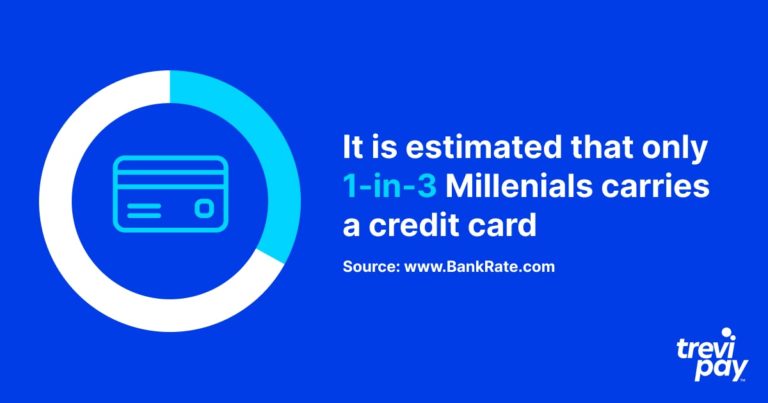
Is eCommerce customer financing right for your business?
To answer this, you should first consider the pros and cons of offering financing more generally, which we have listed below.
Once you have done this, weighing up the specifics in relation to your business will involve further research and discussions with potential customer financing providers.
Advantages of eCommerce customer financing
Besides the convenience it provides your customers, there are many benefits to providing financing options for your eCommerce business. Here are four of the most prominent ones.
1. Increase conversions and repeat purchases
Ultimately, the main benefit of customer financing is increased eCommerce sales.
Industry averages may vary, but some recent research indicates that BNPL can increase retail conversion rates generally by 20 – 30%, and increase ticket size by between 30 – 50%.

2. Attract a wider audience
Financing options make your eCommerce products more accessible to a wider audience. This in turn can open new avenues to explore with sales, marketing and inventory.
3. Improve customer loyalty
Customer financing can be a strong driver of long-term customer loyalty. By being more flexible for your clients and offering a dedicated source of credit, you give them more reasons to stick with your eCommerce brand.
Offering financing could be a powerful source of competitive advantage for your business, depending on whether your competitors offer similar financing payments options.
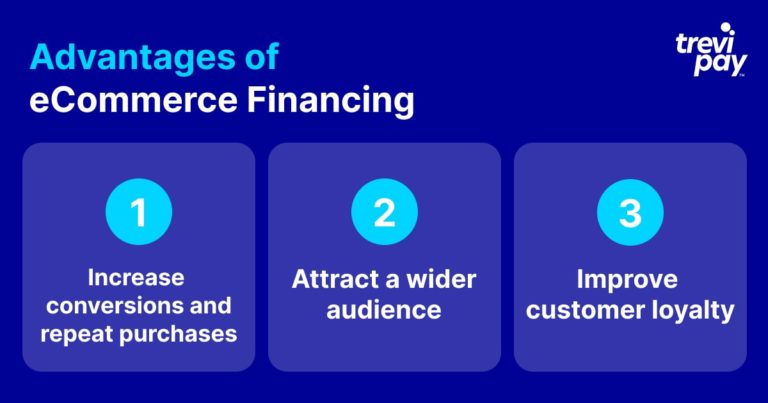
Disadvantages of eCommerce customer financing
1. Cost
Whether you are offering financing in-house or outsourcing it to a third party, you will of course still have to cover some basic costs in order to be able to provide this service.
Determining whether this is worth the ROI is critical to analyse beforehand – though this is obviously difficult to do with complete accuracy without data. Outsourcing customer financing can be a more cost-effective model.
2. Lack of control over terms
This applies to the use of third-party providers. Although shopping around for suppliers and negotiation are possible, the company providing the financing will still ultimately be in charge of terms and often collections, too.
3. Risk
You want to make signing up to your finance solution easy, but not too easy.
There is always the possibility that customers may default on their payments, which could lead the third-party financing provider terminating your services.
This would obviously be bad for your company’s reputation and frustrate clients that became accustomed to the service.
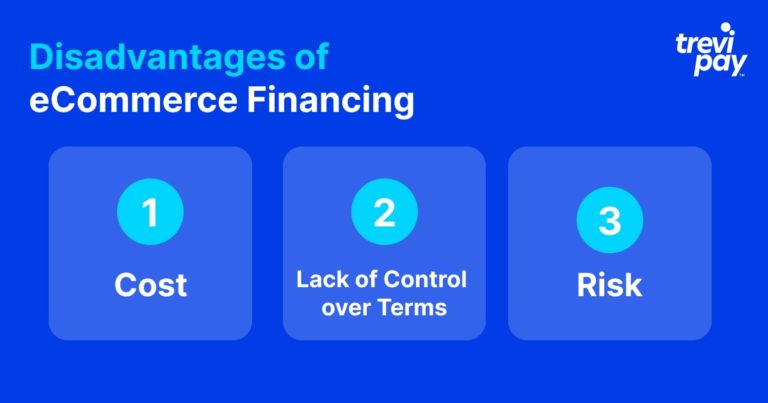
B2B eCommerce customer financing
The B2B field is very different to the B2C one. The potential pool of customers is much smaller and average order volumes and order value are larger but less frequent.
As a result, financing options like offering lines of credit, accounts receivable financing, and others are popular for their ability to improve cash flow.
Despite these differences, B2B buyers are increasingly expecting B2C levels of frictionless processes and convenience.
Providing customers with finance options that are embedded into business processes is the logical next step for B2B suppliers looking to increase sales of their goods or services.
How to offer financing to eCommerce customers
Your route to implementing customer financing for eCommerce business will vary depending on your provider. However, below are some useful points to help you understand that journey.
1. In-house, white label or third-party provider
If you decide to offer a financing option, the first big decision should be whether to provide it in-house or via third party.
The term ‘in-house’ can be misleading because it is sometimes confused with white labelling. For a solution to be truly in-house, it would require the following:
- Regulatory compliance
- Risk assessments (including running credit checks)
- Deciding optimal payment plans and interest rates
- Collections processes
Implementing financing that meets these criteria would be very time-consuming, requiring extra teams to manage processes, additional office space and more. The in-house option is, therefore, almost never viable for small eCommerce businesses.
The simplest and often most effective way to provide financing options is via a third party. Providers in this space can specialize in different fields.
Finding ones with expertise in eCommerce should not be difficult. They will often be able to pay you the total cost of the eCommerce purchase (minus their fee) upfront.
Many also offer a white-label service. For you and your clients, the whole process of applying for and using their financing will be seamless.
A popular option is to work with a third-party provider, such as Affirm or Klarna. The latter already have approximately 400,000 retail partners and are a trusted household name in many markets.
2. Integrate financing offers with your eCommerce website’s UX
UX (user experience) is often used interchangeably with CX (customer experience). There may be subtle differences between the two, but these aren’t always relevant to eCommerce because of its online nature.
Where, when and how to offer financing options through your eCommerce website is both an art and a science.
Financing should obviously be offered at the point of sale. However, many users (especially new ones) might not get to that point if they don’t know it will be available.
Therefore offering options at multiple and appropriate points on your eCommerce website is essential to reach its full potential. These offers usually take the form of an option in sidebars, buttons, or popups on product pages.
It’s important that they strike a good balance between being visible and non-invasive. They should not disrupt the existing user journey. And the language used for them should inspire trust whilst clearly laying out the payment terms.
3. Integrate with your point of sale (POS)
Seamlessly integrating eCommerce financing options with your POS is essential.
Your POS should be able to make quick and accurate credit decisions based on customers’ input. This in turn should feed the data through to your CRM and other software.
Extra consideration should be made if you also have a physical brick and mortar store alongside your eCommerce one so that tracking consumer credit and promotions stays consistent.
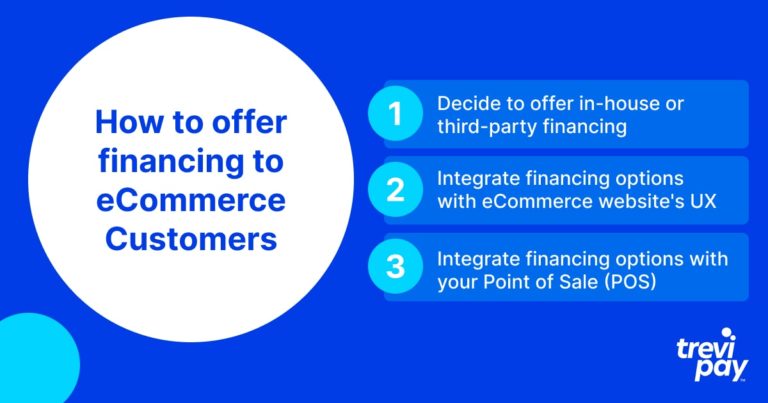
Conclusion
Deciding whether providing eCommerce customer financing for your customers is right for your business depends on many factors.
But one crucial factor you can’t control is what your competitors are doing. eCommerce customers are increasingly expecting financing payment options, in both B2C and B2B.
Customer financing can deliver big benefits when it’s successful, including increased conversions, customer loyalty and contact with new kinds of customers. Of course, there are costs and risk involved but both can be mitigated.
In order to offer such a service, finding financing providers with expertise and experience in eCommerce is essential. They should help you with the essentials of implementation: POS integration, payment processing and collections.
Besides these, you should also work on integrating financing offers with the UX of your eCommerce website. Without doing this well, users won’t see your credit offer at the right point or trust it when they do.


